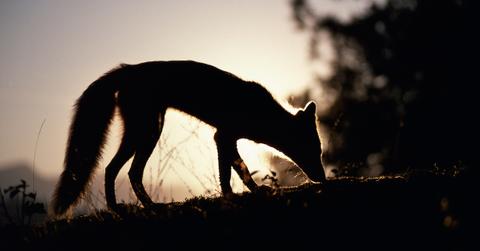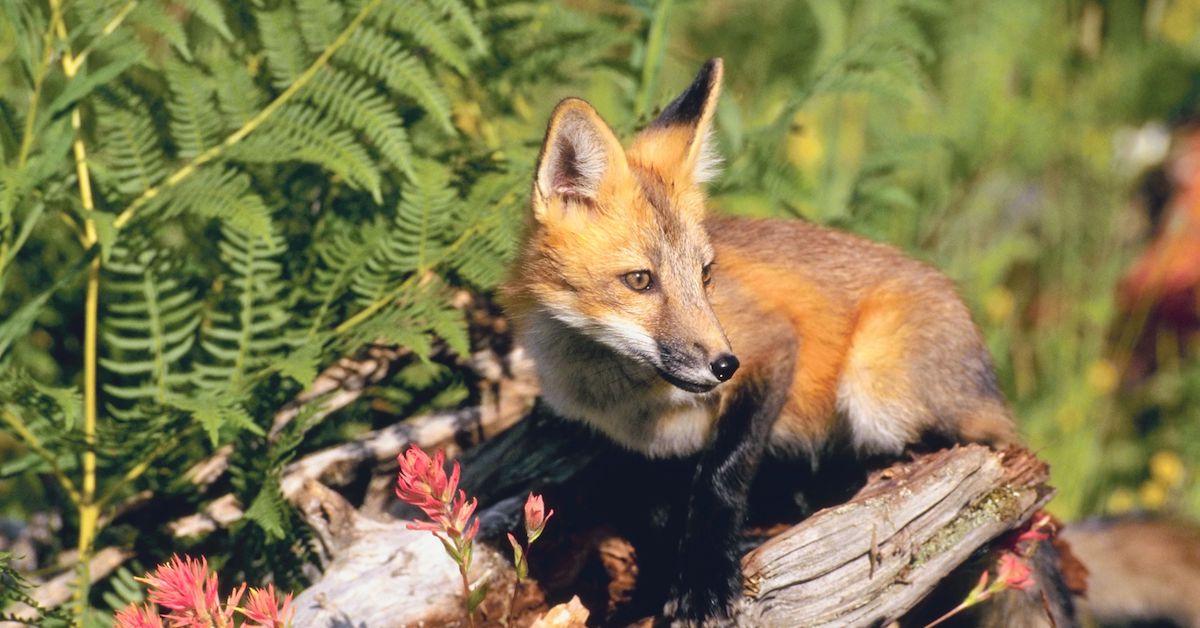Here's Why Listing the Sierra Nevada Red Fox as Endangered Is a Positive Thing
Published Aug. 9 2021, 11:45 a.m. ET

Over the last few decades, much of California's rare beauty has been decimated by wildfires, drought, and human activity. Lakes have completely dried up and forests have been scorched, leaving many habitats unlivable. And sadly, these conditions have wreaked havoc on the Sierra Nevada red fox population — in fact, the species was just recently listed as endangered, though some might say that's a good thing.
Now, conservationists are doing everything they can to save the Sierra Nevada red fox's diminishing population.
"Our partners are putting conservation practices into place that will that help minimize forest fragmentation and limit activities that could disturb the dens of these rare foxes," Paul Souza of the Fish and Wildlife Service's (USFWS) California region stated. "Their actions are critical to the recovery of the species."

The California species' numbers have drastically plummeted.
On Aug. 9, 2021, the USFWS officially announced that the Sierra Nevada red fox, which is native to California, is receiving protection under the Endangered Species Act as an endangered species. The foxes, which tend to be red, black, or grey, are rarely spotted, according to CNN, as there are only about 18 to 39 of them left. The Sierra Nevada red foxes are subalpine mammals — which means they tend to prefer large amounts of snow, and a mix of remote, rugged forested and barren areas.
Most of the Sierra Nevada red fox's population lives within the state's portion of the Sierra Nevada, but a handful in the southern Cascade Range — though for some reason, those living in the Southern Cascades won't be protected by this listing. Hunting and trapping the beloved mammal was officially banned nationwide in 1974, but this official protection under the ESA will officially be enacted on Sept. 2, 2021. Needless to say, we hope this step towards conservation will bring them back.
Here's why environmentalists believe the Sierra Nevada red fox become endangered:
Unfortunately, there is no clear answer as to why why the Sierra Nevada red fox's numbers have dwindled to such a drastic extent, but environmentalists have a few hunches as to what may be the leading causes. The Federal Register listed five factors contributing to the species' endangerment, including destruction to their habitat, overusing the fox for scientific and educational purposes, disease, inadequate protections, and human activity.
According to Inhabitant, climate change is also likely to blame for the Sierra Nevada red fox's dwindling numbers. Wildfires and droughts threaten the fox's habitats, food supplies, and general conditions for the foxes to live and breed. The species also competes against coyotes for food, as they have similar diets, and they are continuously breeding with other non-native foxes instead of their own kind.
Why is it helpful to list the Sierra Nevada red fox as endangered?
There are many benefits to listing species as endangered. According to Future of Working, it calls attention to environmental issues that could potentially be harming various species (ahem, like climate change and deforestation!). It also raises awareness towards the threatened species themselves, and brings sense of order back to species management. Most importantly, though, it supports the species as they try to repopulate.
Hopefully, the Sierra Nevada red fox can make a comeback from this. Although the implications of a species receiving ESA protection are negative, it shows we're making an effort to conserve a species in need — which is really what matters.